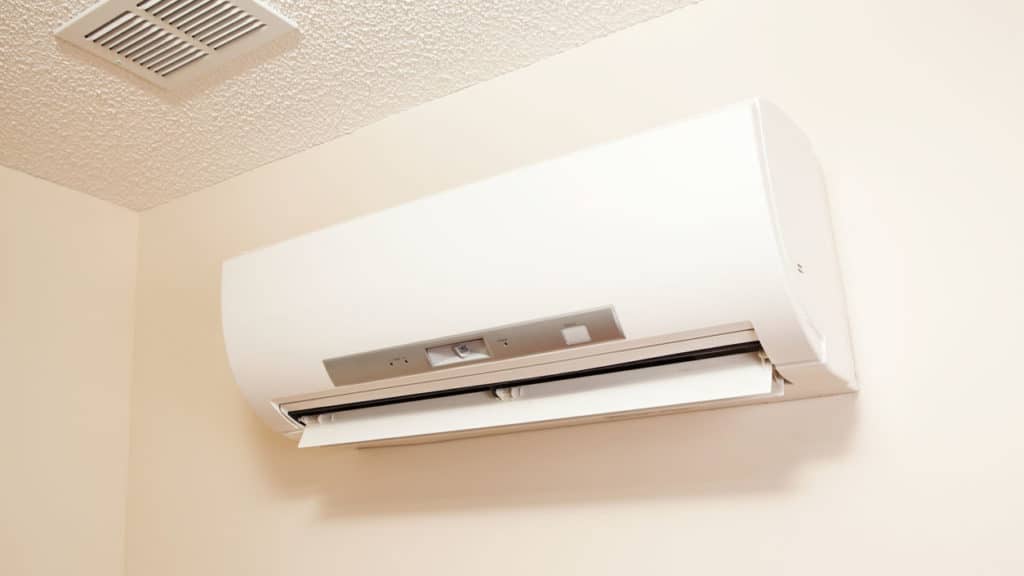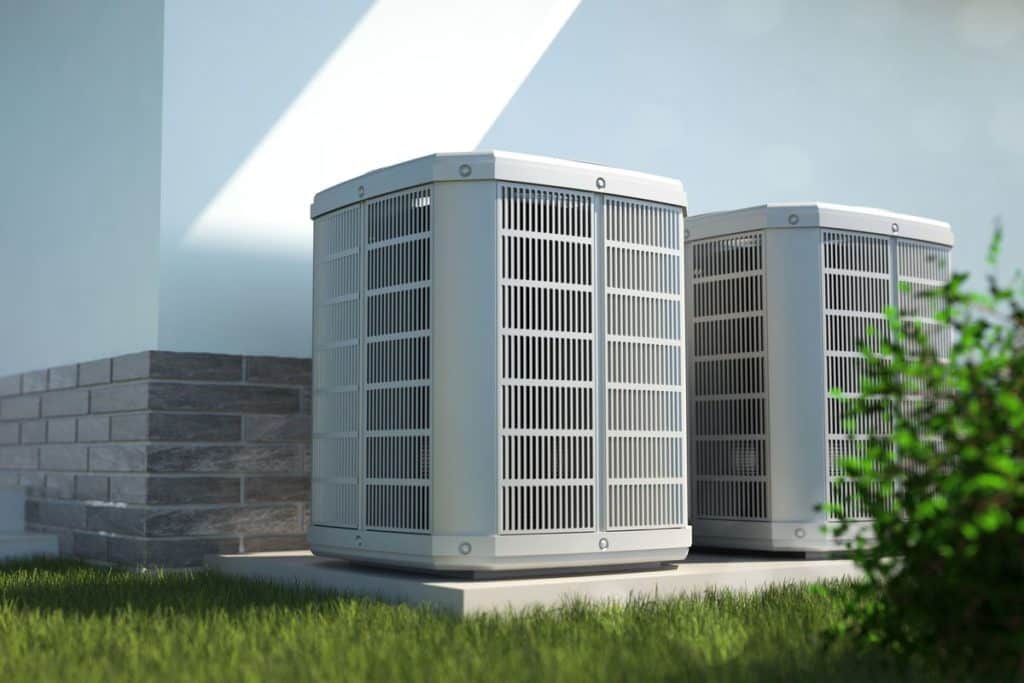Indoor temperatures have a significant impact on us than we can ever margin. Temperature control in your house is critical for your general comfort, health, and even productivity. The correct cooling system may improve your quality of life significantly, but selecting the right system for your house and lifestyle is vital.
If you're deciding between central air and a ductless mini split system, it's critical to understand the fundamentals of each system and weigh the advantages and disadvantages of both options so you can make the best decision for your home, needs, and budget.
We'll cover everything you need to know about central air and ductless mini split systems in this article, as well as compare the two:
What is a Ductless Mini Split System?

An outdoor compressor/condenser and one or more indoor air-handling units comprise ductless mini split systems. Each room or "zone" of your home that requires cooling has its own unit, which is controlled by a separate remote control. The indoor units of the system are either wall-mounted or suspended from the ceiling and are linked to the outdoor compressor via a refrigerant line. That is why the system is ductless — it does not require the existence or installation of a duct system in your home.
Although it's common to hear it referred to as a "ductless AC," it's important to note that ductless mini split systems are actually a type of heat pump rather than an air conditioner.
How quickly and efficiently the system cools your home is determined by the number, size, and location of indoor mini split units. Single-zone and multi-zone systems are available, depending on whether you need to cool a small space, such as an ADU or a single upstairs bedroom, or a larger space, such as a full one or two story family home.
What is Central Air Conditioning?

Central air conditioning is the most prevalent form of cooling system in the United States, and it is perfect for cooling vast areas at once. To chill the air, a central air conditioner uses your home's duct system. This helps to maintain the temperature stable and uniform throughout.
Air conditioners have three major components: a compressor, a condenser coil, and an evaporator coil. The three components operate in tandem to absorb and remove heat by rapidly changing refrigerant from gas to liquid and back to gas. These devices can assist improve interior air quality; the longer they operate, the more particulates they can catch.
Central air conditioning is normally controlled by a single thermostat, which serves as the command center for your entire home's cooling system. When the system detects that the room temperature is too high, it sends a signal to the system to start cooling.
Similarities and Differences
Both ductless mini split systems and ducted air conditioning systems are efficient ways to control the temperature in your home. However, as the name implies, ductless mini splits do not require a duct system.
Another significant distinction between ductless mini splits and central air is that the inside units of a mini split can be adjusted independently through remote control, whereas central air is regulated by a central thermostat. With a mini split, you can keep one room or zone at a comfortable 72 degrees while cooling another zone to 65 degrees. With central air, your entire home will be uniformly cooled to a consistent temperature based on the setting you choose.
Advantages of Ductless Mini Split Heat Pumps
Mini split systems are perfect for homes that lack ductwork, as well as ADUs or expansions. They're also one of the most energy-efficient HVAC systems on the market, thanks to inverter technology that allows them to generate only the amount of cooling required.
Here are a few additional benefits of a ductless system to consider:
- Temperature control on a room-by-room basis: Because each unit in a ductless mini split system has its own remote, you may alter the temperature settings for each zone separately.
- Energy conservation: Ductless heat pumps use the least amount of energy to regulate the temperature and humidity in your house.
- Simple installation: Mini split systems can be built without causing significant structural damage to your home, as they use a small hole in the wall to link each indoor unit to your outdoor compressor.
- Reduced energy costs: While the initial cost of installing a ductless heat pump system is often more than that of central air, the efficiency of a ductless system will significantly cut your utility bills; hence, a ductless mini split heat pump is a wonderful long-term financial investment.
Disadvantages of Mini Splits
The biggest disadvantage of a small split system is the high initial cost. The initial cost of installing a ductless heat pump system is around 30% greater than the cost of installing a central system (without ductwork). The effectiveness of this type of arrangement significantly decreases your utility expenses, making it an excellent long-term investment if you want to stay in your existing house for the next few years. However, if you intend to relocate soon, your return on investment will be lower.
Another issue to consider is available space. While the exterior compressor of a mini split is often smaller than that of a regular central air conditioning system, the internal units are visible in your home (unless you opt for a ducted mini split system). In general, central air is less noticeable.
Advantages of a Central Air Conditioning System
There's a lot to like about central air conditioning. Central air conditioning is still the most popular form of home cooling system in the United States, and it is the best option for individuals and families that live in larger homes and require a steady temperature throughout.
Among the many advantages of a central air conditioning system are the following:
- Convenience: With central air conditioning, you can use a single thermostat to manage the temperature of your entire home and rely on a consistent and stable temperature.
- Lower initial costs: While a ductless mini split system is less expensive in the long run, central air is less expensive to install.
- Compatible with existing ductwork: Because central air conditioning works with your home's existing heating systems, there is no need for new ductwork.
- Increased property value: According to real estate experts, installing central air in your home can increase the value of your home by up to 10%.
- Air filtration: When it comes to filtering allergens, dust, and odors in your house, ducted systems are unrivaled.
Disadvantages of Central Air
Installing central air becomes considerably more difficult if your home does not already have ducting. You'll also need to keep your ducts in good condition over time.
Another consideration is cost. While the cost of installing central air conditioning is less than that of a ductless mini split system, central air does not provide the same savings on your monthly power bills. However, it does increase the value of your home.
Which One is Right For You?
Both central air conditioning and ductless air conditioning have significant advantages and disadvantages. In the HVAC world, discussing "better" or "worse" systems is frequently pointless because the best system for you is determined by your home, family, lifestyle, and budget.
In general, consider upfront and monthly energy expenses, installation time and complexity, your local climate and temperature conditions, and your lifestyle and preferences when deciding between a ductless mini split system and a central air conditioning system:
Cost
Installing central air is less expensive than installing a mini split system, especially if your home already has ductwork. However, because of its revolutionary and economical technology, a ductless AC system saves you money in the long term.
Installation
While both systems require professional installation, a ductless system is more easier to install than a central air conditioning system.
Climate
When temperatures reach severe highs or lows, they can interfere with the capability of a mini split system. Mild areas, such as the Pacific Northwest, are good for ductless heat pumps since temperatures rarely reach extremes. For high temperature in less temperate climates, central air is a better bet (though there are some ductless options that can handle more extreme temperatures).
Lifestyle
When deciding between two types of air conditioners, consider how you utilize your property. Because tiny split units are operated by a remote, you can cool only one room or "zone" at a time, or set various temperatures for each zone. This is perfect if you have areas in your home that are infrequently utilized during different times of day. A centrally controlled AC system, on the other hand, may be more handy if you need your entire home to remain at a steady temperature throughout the day.
Professional HVAC Consulting, Installation, and Repair
If you're unsure about which sort of air conditioning system is best for your house and family, our professionals at AirPlus Heating, Cooling & Electrical team can assist you. We'll assess your property, explain your options, and assist you in picking the finest system to match your cooling needs.
We're here to answer your burning concerns, assist you in making the best option for your house, and keep you and your family comfortable all year. If you have any issues, please call us at (571) 470-7235 or contact us online.
AirPlus Is Northern Virginia's Mitsubishi Electric Diamond Preferred Contractor

The post Ductless Mini Split vs Central Air Conditioning appeared first on HVAC Services Lorton | AirPlus Heating & Cooling.
.2309121422550.png)

